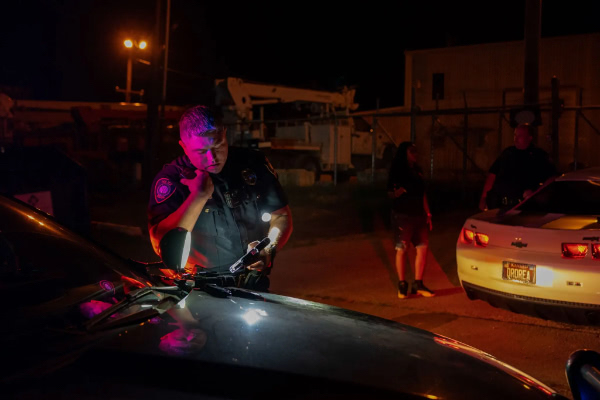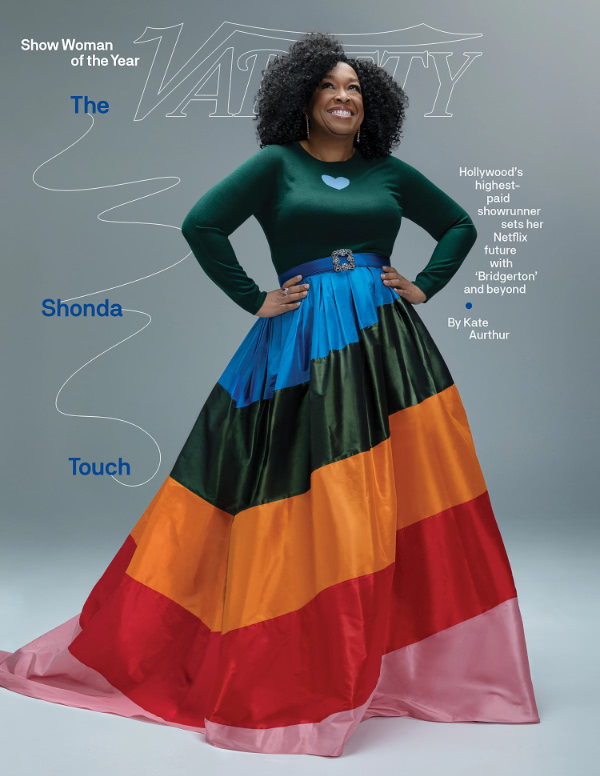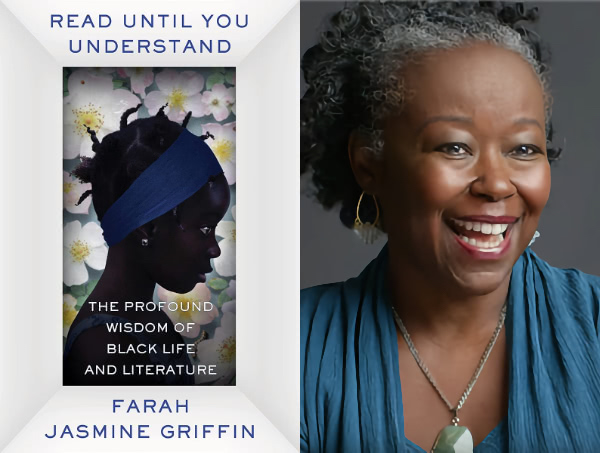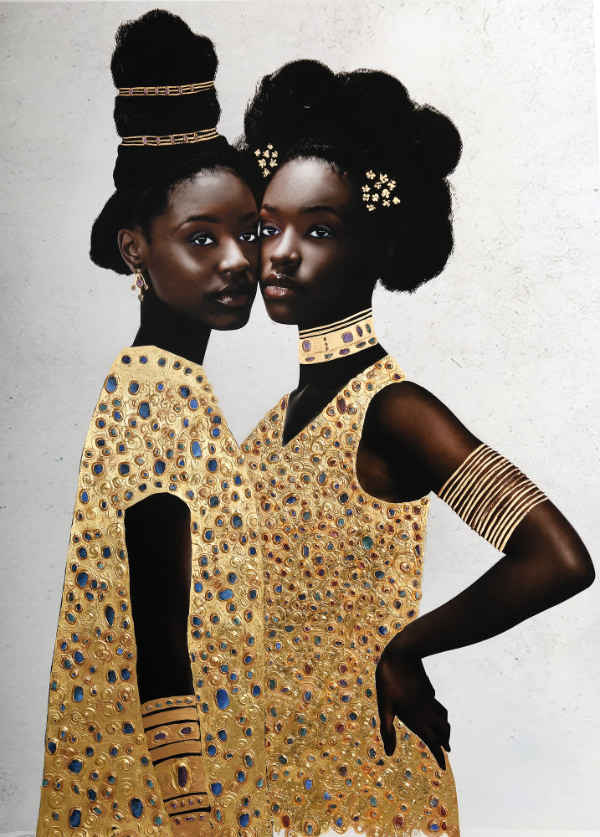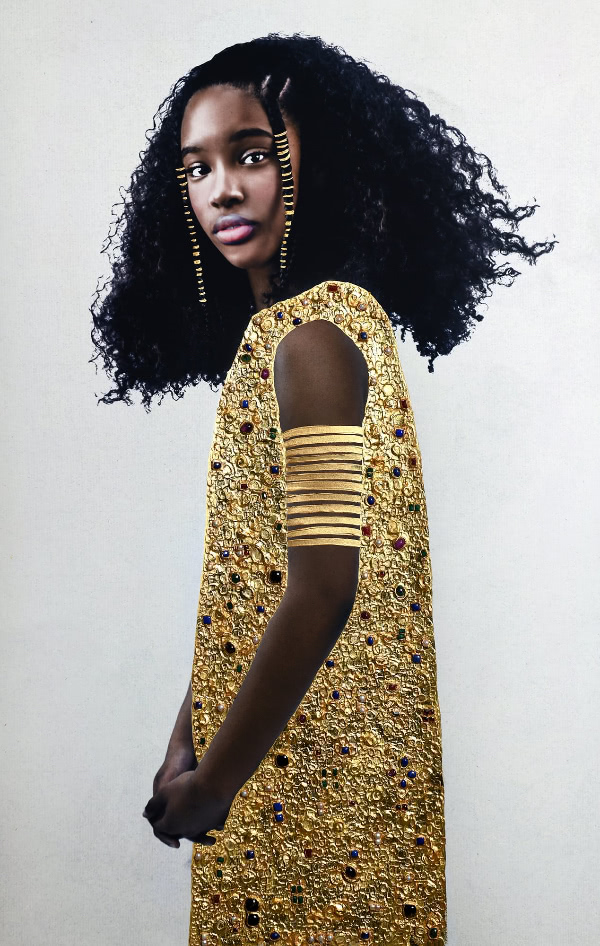Republicans Are Going to Use Dog Whistles. Democrats Can’t Just Ignore Them.
After a tough loss in the governor’s race in Virginia, Democrats begin looking for what went wrong. Particularly disconcerting to Dems is how the Republican candidate won.
Tory Gavito and Adam Jentleson, in a guest essay for The New York Times:
The Virginia election results should shock Democrats into confronting the powerful role that racially coded attacks play in American politics. […]
Crucially, the Republican nominee, Glenn Youngkin, was able to use racially coded attacks to motivate sky-high white turnout without paying a penalty among minority voters. This appears to solve the problem bedeviling Republicans in the Trump era: how to generate high turnout for a candidate who keeps Donald Trump at arm’s length, as Mr. Youngkin did.
The prescription:
Instead of ignoring race while Republicans beat us silly with it, Democrats must confront it and explain that powerful elites and special interests use race as a tool of division to distract hard-working people of all races while they get robbed blind. Then pivot back to shared interests. The pivot is critical: Without it, Democrats are simply talking past voters, while Republicans play on their racial fears. […]
The strategy we suggest here is a middle way: It is more powerful than a racial-justice-only frame but also more powerful than a strategy that ignores race altogether. Race is the elephant in the room, and Democrats must stop fooling themselves into thinking that they can prevent it from becoming an issue.
What to Know About Deadly Police Traffic Stops
Michael Levenson, reporting for the Times:
A New York Times investigation examines why traffic stops can escalate into fatal encounters and how hidden financial incentives increase the risks. This is what we found. […]
- Over the last five years, The Times found, the police killed more than 400 drivers or passengers who were not wielding a gun or a knife or under pursuit for a violent crime.
- Traffic stops — which are often motivated by hidden budgetary considerations because of the ticket revenue they generate — are the most common interactions between police officers and the public. Yet the police consider them among the most dangerous things they do.
- That presumption of peril has been significantly overstated, but it has become ingrained in police culture and court precedents — contributing to impunity for most officers who use lethal force at vehicle stops.
I’m With Condoleezza Rice About White Guilt
The ever-provocative John McWhorter in an opinion piece for the Times:
A compelling reason for fostering white guilt would be that if doing so led white Americans to go out and foster change in society. And sometimes it can — but is white guilt necessary to or the best way to effect societal change?
For the civil rights victories of the 1960s, it wasn’t. We tend to forget how seismic the changes were during that one decade: The Civil Rights Act of 1964, the Voting Rights Act of 1965 and the Fair Housing Act of 1968 were undeniably huge advances, even if they did not (and they did not) end racism or completely level the societal playing field. In any case, all of this did not happen because white people became guilty nationwide.
America’s white majority, and with them America’s political leaders, got behind tangible change because segregation as policy, and the violence required to maintain it, was pragmatically inconvenient on the world stage during the Cold War standoff. Technology was the accelerant, in that television illustrated the civil rights movement in a way that radio and newspapers could not.
Shonda Rhimes on Creating Hit TV at Netflix
Kate Aurthur profiles Rhimes - Variety’s “Show Woman of the Year”:
Rhimes has made a home for herself at Netflix, having succeeded there where some of her high-powered peers have flailed. With a newly renewed four-year deal, in which she’ll make $150 million with a bonus that could be worth an additional $200 million, she is the highest-paid showrunner on television, and she’s one of the most influential creators ever to work in the medium.
“You should never feel guilty for wanting to be fairly compensated for what you do well.”
Inside Alicia Keys and Swizz Beatz’s Art-Filled Modernist Home Overlooking the Pacific Ocean
Lola Ogunnaike, writing for Architectural Digest:
Keys says the expansive, nearly 11,000-square-foot residence, which overlooks the Pacific Ocean and is rumored to be the inspiration for Tony Stark’s futuristic bachelor pad in the Iron Man movies, is “a place to create dreams and to be bold enough to dream your wildest dream—for us to even be here is a wildest dream.”
This may be the most amazing home I’ve ever seen. Alicia and Swizz take us on a tour:
“When you hear a song or something we’ve produced, the foundation is to make people feel good and feel loved. That’s what our art is about. […] When you come into our home, that’s exactly what we want you to feel. We want you to feel loved, to feel safe, to feel relaxed. We want you to have a great meal. We want you to feel inspired.”
Finding your father, and yourself, in the works of Toni Morrison
Carlos Lozada reviews Columbia University professor Farah Jasmine Griffin’s book “Read Until You Understand” for The Washington Post:
Throughout Morrison’s work Griffin identifies what she calls an “ethic of care,” a communal love that gives and affirms life. In “The Bluest Eye,” an ill child regards her mother’s love as “thick and dark as Alaga syrup,” and Griffin revels in Morrison’s subtle depiction of darkness as loving, not frightening. In “Home,” a Black child mutilated by a White eugenicist is later cared for by tough older women in her community, recovering into something new and strong. “Two months surrounded by country women who loved mean had changed her,” Morrison writes. Griffin describes the child’s new freedom as “a mental state, one that she must claim for herself.”
Gold Ornaments and Precious Stones Adorn Tender Photographic Portraits by Tawny Chatmon
Grace Ebert, writing for Colossal:
In If I’m No Longer Here, I Wanted You to Know, photographic artist Tawny Chatmon overlays portraits of young children and families with dabs of 24-karat gold leaf, precious stones, and watercolor details. The heavily adorned images are the latest in Chatmon’s superimposed works, which veered from digital collages to the hand-gilded pieces evocative of Gustav Klimt’s Golden Phase that are similar to those shown here, and respond to themes of unity and togetherness born out of the ongoing pandemic.
More of Tawny’s work here.
Thanks for reading. See you next week.


